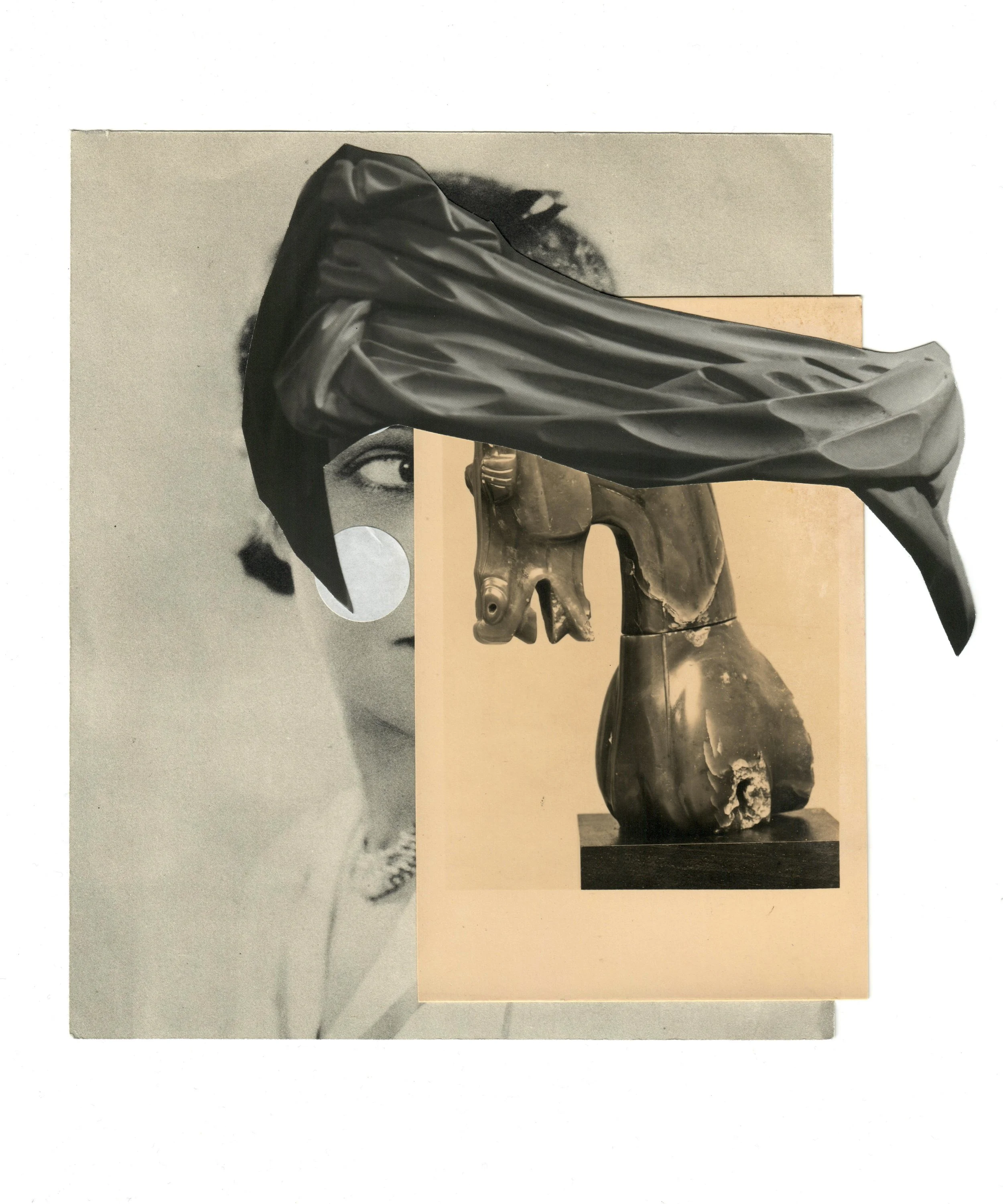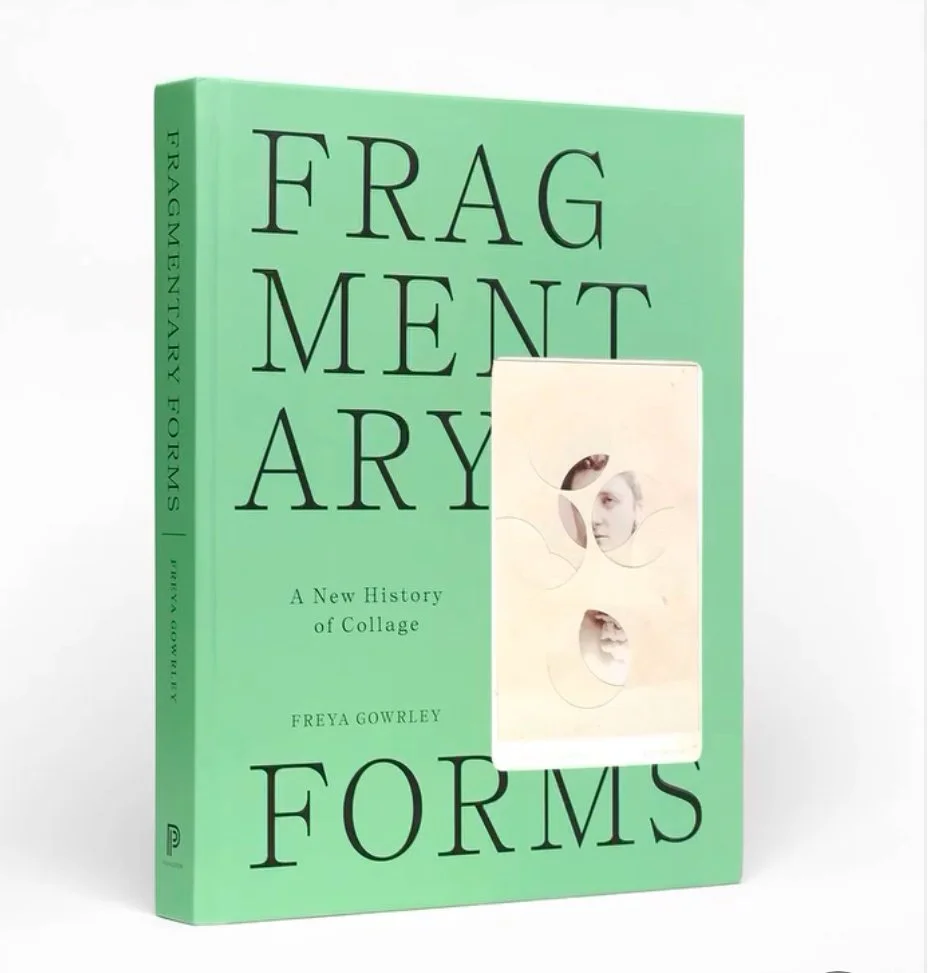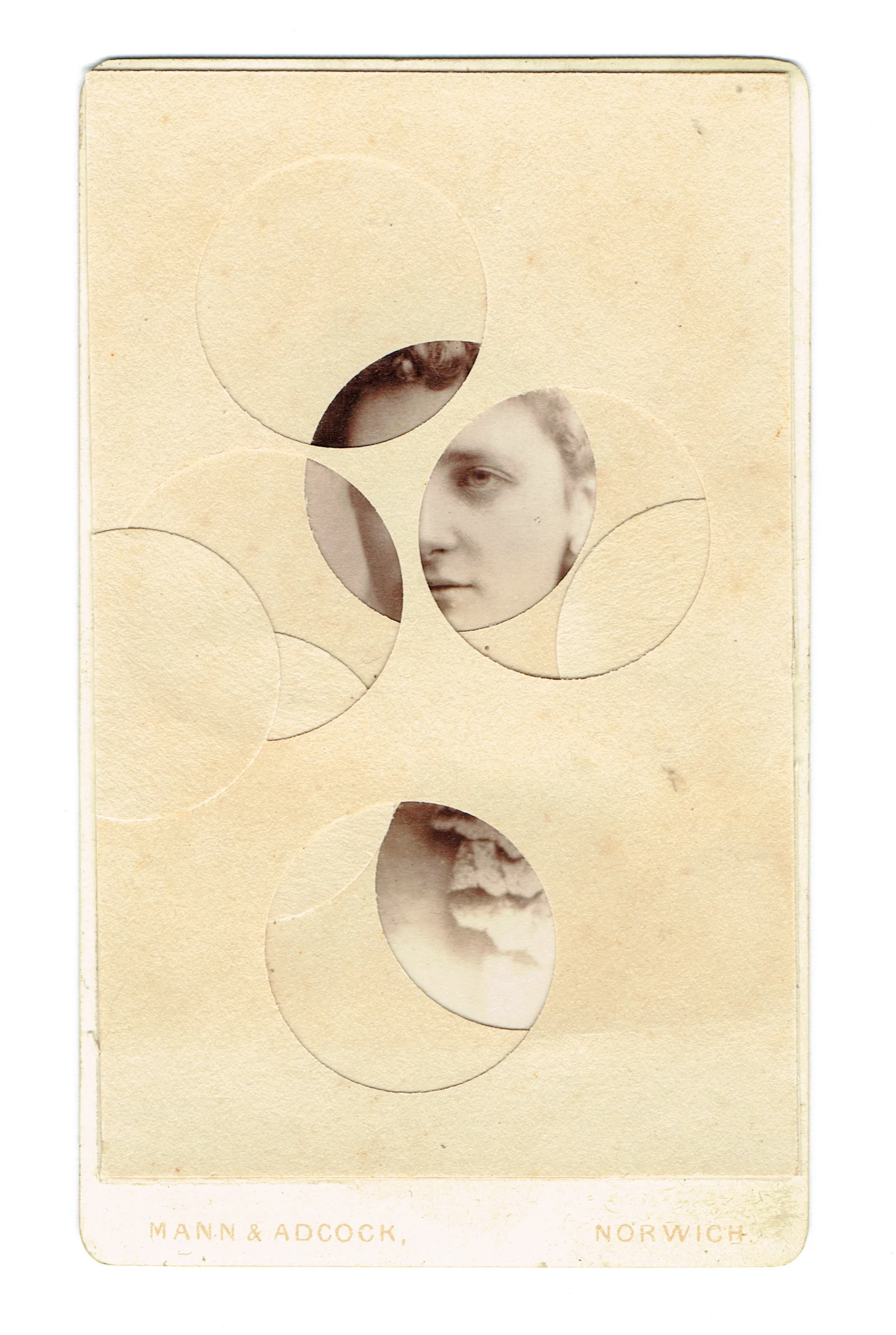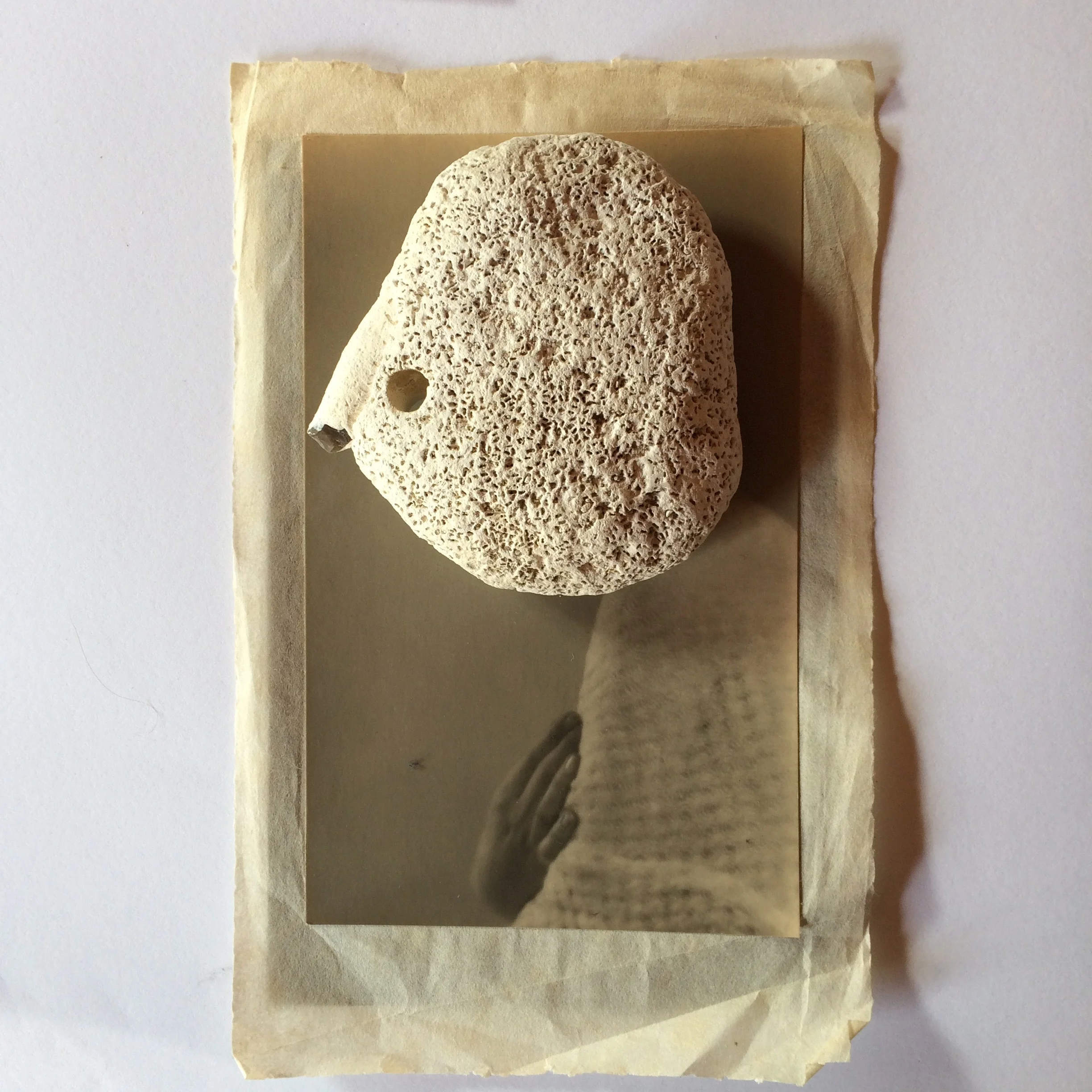
Missive Collages

Fragmentary Forms

'Still Life' collages 2024

Studio Nudes 2023

on the cutting table

Still Life paintings 2024

Kiss-Cut

Little Gods
![Torture The Women [film]](https://images.squarespace-cdn.com/content/v1/5ce3f79b1b729c0001e68d41/1558471072797-DB8YFP903648FUVS901Z/Master.Still001.jpg)
Torture The Women [film]

Drawings

Calling cards
Classical Nudie
Hollywood
Dirty Books

A Lover's Discourse
Glitched Rose

IN SEARCH OF SMOOTHTIME

A few holes
